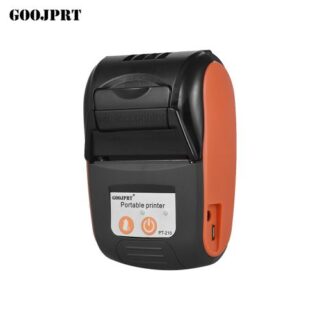Learn how to – Why are VoIP and IP telephony not the same thing?.
VoIP and IP telephony are often used interchangeably, but they are definitely not the same thing. In fairness, there is a reason for them being synonymous to some, and that is because a VoIP phone is a part of the IP telephony category.

What is IP telephony?
IP telephony is a broad umbrella term that refers to any telephone communication that is carried over IP. VoIP is one, but so are faxing, text messaging, and many others.
Furthermore, IP telephony is more of a business term that refers to both the hardware and software that facilitates VoIP services, whilst VoIP is used in consumer and enterprise settings too.
In short, IP telephony uses technologies, services, and products that facilitates video calling, voice conferencing, facing, and other telephony-related services. Instead of using the older circuit-switched connections used by the telephone PSTN network, it uses IP technology to convert communication into packets of data which travels across computer networks.
What is VoIP
Within this, VoIP is essentially the traditional voice telephone but using IP technology instead. It stands for Voice over Internet Protocol, which helps summarise precisely what it is – voice calls over the internet or private networks. Instead of using a local telephone provider, companies can access the global market to find a VoIP provider which allows them to make calls wherever they have an internet connection.
Why might companies use VoIP services?
Besides the more general explanation of using modern technology as opposed to its older counterpart, VoIP is popular because it’s cheaper and more flexible. Essentially, it uses the existing internet conection as opposed to requiring additional circuit-switched system or hardware.
The fact that it uses an existing internet connection shows its portability – you can take the service with you wherever you are online. Furthermore, it’s flexible because businesses usually have their networks and internet configured, and this is a more plug-and-play type of service.
But, the phone calls themselves can provide a benefit. Because it’s digitized, it’s possible to integrate with other apps, such as an interactive voice response system and providing analytics on the conversations. In fact, it can connect to the CRM system and help further gather customer data and personalized solutions for them.
Of course, there will always be limitations and drawbacks to any new system implementation. The threats that VoIPs pose are potential voice quality issues, particularly being bandwidth dependent. There’s a concern over reliability because it’s dependent on power too, and the inevitable security threats that come with using IP telephony.
Final Word
Ultimately, it’s understandable that VoIP and IP telephony get used interchangeably, because the former is a part of the latter. Their popularity is akin to the rise of cloud services – it’s simply lower initial costs, more flexible, and far more scalable. Whilst there are potential threats, like poor internet connection impacting voice quality, the data and integration capabilities from using an IP telephony appear to be the future. Furthermore, advancements in bandwidth with infrastructure like 5g suggests that VoIP services will only grow in reliability as time goes on.
















Leave a Reply
You must be logged in to post a comment.